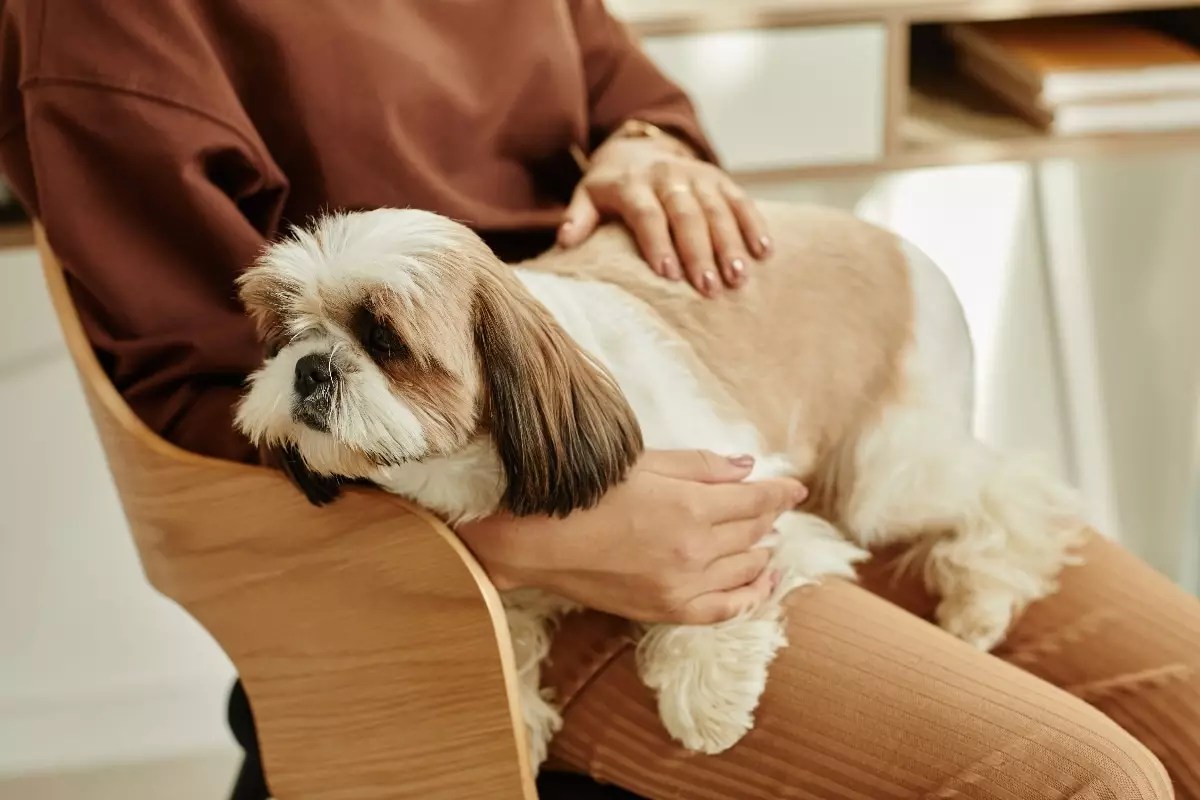In a world increasingly characterized by independence and digital communication, the genuine warmth and intimacy of a lap dog remain unrivaled. These small, affectionate creatures embody a profound need for closeness, serving as living testament to the power of human-animal bonding. Unlike other dogs that prefer spacious kennels or aloof exploration, lap dogs actively choose intimacy, transforming simple moments into acts of love and trust. Their affinity for laps is more than just comfort—it’s a demonstration of vulnerability, a willingness to let their guard down and connect on emotional levels that surpass physical proximity. This unique trait reflects not only their loving nature but also their role as emotional anchors for their owners.
From Breed to Bond: What Makes a Dog a True Lap Companion
Certain breeds have earned their reputation as lap lovers through centuries of selective breeding and cultural narratives. The Cavalier King Charles Spaniel, for instance, exemplifies elegance and unwavering devotion, often seen curling softly into laps with a gentle, serene demeanor. Their calm temperament and desire for human interaction turn them into perfect companions for moments of quiet tenderness. Similarly, tiny yet fiercely affectionate breeds like Chihuahuas and Pugs demonstrate that size does not limit the capacity for love. Their small stature allows them to nestle deeply into laps, offering warmth and reassurance to their owners. The common thread among these breeds is their intrinsic desire for security—created through human contact—they thrive on love and attention, using laps as safe havens from the outside world.
Why Do These Dogs Prioritize Human Contact?
The preference for laps often stems from a breed’s historical role and personality traits. Many of these dogs were bred as companions, not working dogs or watchdogs, so their instinct has been to develop a close, affectionate relationship with humans. This biological drive translates into behaviors where proximity signifies trust, love, and a sense of safety. Pomeranians, Maltese, and Havanese exemplify this, eager to be the center of affection and constantly craving interaction. Their small size makes laps not just convenient resting places but vital emotional spaces where they feel valued and protected. Their love for human contact also underscores their need for emotional security—something that seems elusive in a dog bed or on their own. It’s not about laziness or weakness but a genuine craving for companionship that feeds their happiness and health.
Snuggling as a Form of Emotional Communication
When dogs choose laps over beds, they are expressing their desire for connection in the most honest way possible. Snuggling is a universal language among dogs and humans, symbolizing trust and loyalty. For breeds such as French Bulldogs, Italian Greyhounds, or Yorkshire Terriers, lap time is also a ritual—an exchange that affirms their place in their owner’s heart. These moments foster mutual trust: dogs feel safe and loved, while owners gain an intimate insight into their pet’s emotional well-being. In some ways, these affectionate behaviors challenge the stereotype of dogs as independent or aloof. They reveal a sensitive side, one that thrives on warmth, touch, and companionship. Such behavior elevates the simple act of sitting on a lap into a profound emotional exchange—a hidden language that communicates love beyond words.
Beyond Comfort: Laps as Symbols of Loyalty and Self-Expression
Adopting a lap dog is an act of deep loyalty—an intentional choice by the animal to be near you, to share their trust and devotion. It is a declaration that they see you as a source of comfort and security. This is why choosing a lap over a cozy dog bed is not merely a preference but a conscious display of attachment. Some might argue that this fixation on human contact is a sign of dependency, but in reality, it highlights a unique emotional intelligence and a desire to forge meaningful bonds. Modern dog owners often cherish these moments as opportunities to feel needed and appreciated. In a way, lap dogs serve as living proof that love is simple—focused on closeness and shared warmth, not just material comfort. They remind us that, in their eyes, the simplest act of curling up on a lap defines what it truly means to trust and be loved.
The Enduring Power of a Simple Snuggle
It’s tempting to dismiss a dog’s preference for laps as trivial or superficial, but that overlooks the profound psychological benefits of such bonding. The physical act of snuggling releases oxytocin, fostering feelings of happiness and reducing stress in both humans and dogs. Lap dogs, by choosing human closeness, actively participate in this positive feedback loop, nurturing emotional well-being on both sides. Their love for laps is a testament to their innate need for connection—a trait that elevates them from pets to confidants. These dogs teach us that sometimes, the most meaningful relationships are built in silence, shared through touches, gentle squeezes, and warm laps. Ultimately, their loyalty and affection remind us that the simplest gestures—like a lap shared in quiet companionship—can hold the deepest meaning.
Note: The article has been crafted to offer a fresh perspective, emphasizing emotional depth, psychological benefits, and the intrinsic loyalty of lap dogs, all while shifting away from a mere factual recount to a more opinionated, insightful narrative.

